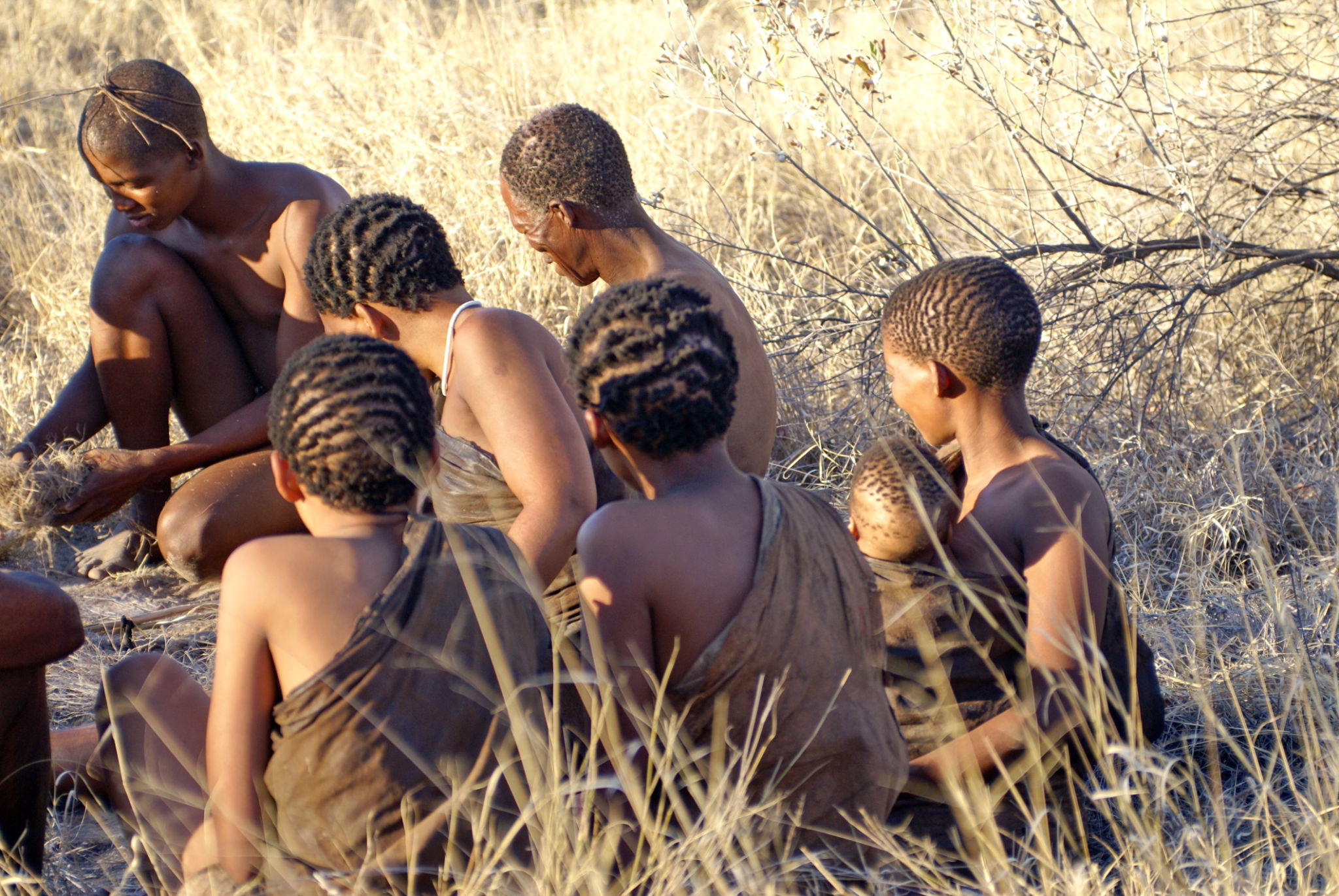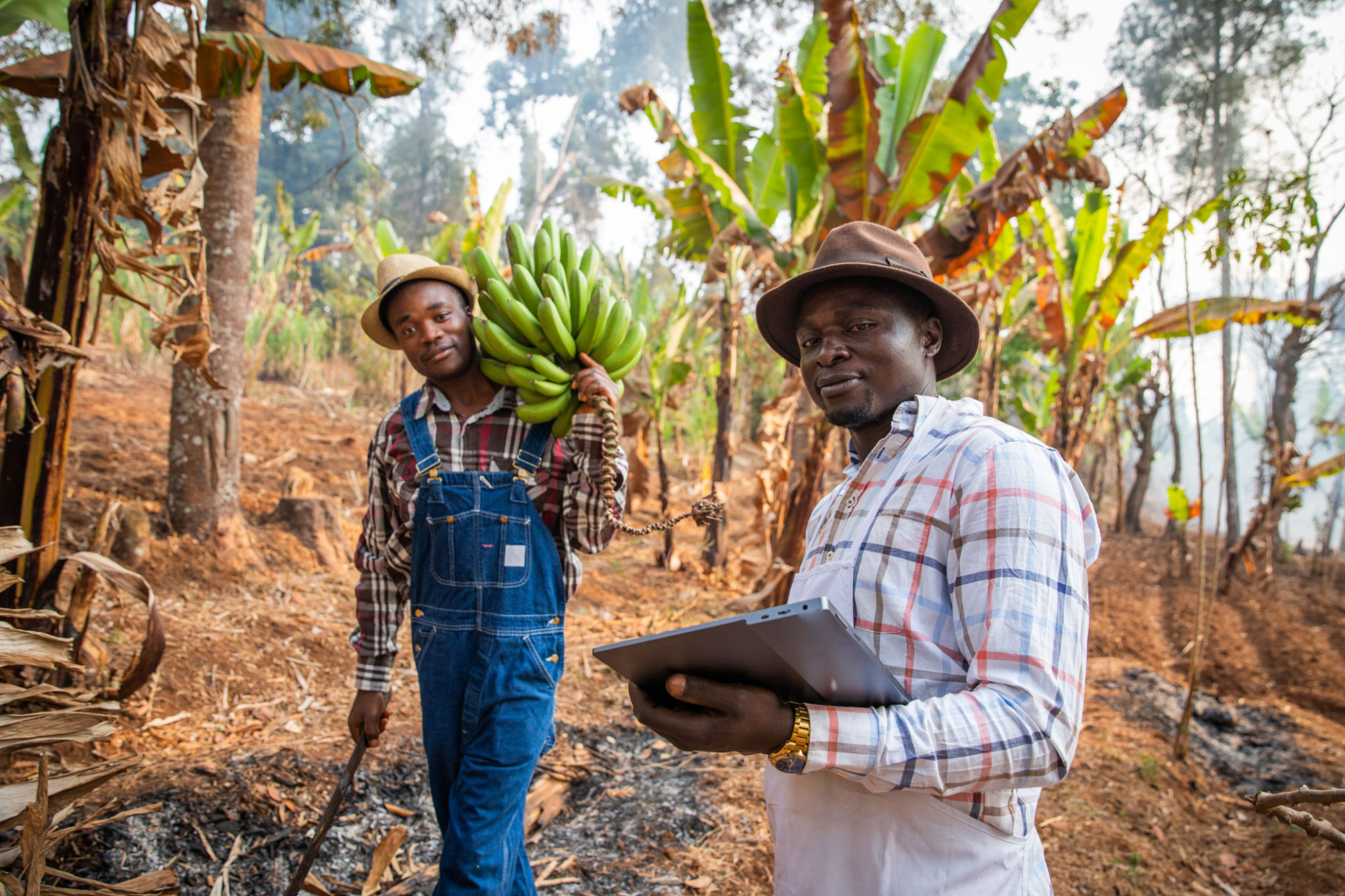Preserving Khoe and San Languages: A Cultural Imperative
The Cultural Significance of Khoe and San Languages
The Khoe and San languages, spoken by indigenous communities in Southern Africa, are among the oldest languages in the world. These languages are not just means of communication but are deeply intertwined with the cultural identities and histories of the Khoe and San peoples. Preserving these languages is vital not only for maintaining cultural heritage but also for fostering a sense of identity and continuity among these communities.
Language is a living record of a community's history, traditions, and worldview. For the Khoe and San peoples, their languages encompass unique knowledge systems, particularly related to their natural environments. As such, preserving these languages is crucial for maintaining a rich tapestry of human knowledge.
Challenges Facing Khoe and San Languages
Despite their cultural significance, Khoe and San languages face numerous challenges. Many of these languages are endangered, with some having only a few hundred speakers left. The primary threats include globalization, urbanization, and the dominance of more widely spoken languages like English and Afrikaans.
Another major challenge is the lack of formal education in these languages. Without institutional support, younger generations often shift to dominant languages for better economic opportunities, leading to a decline in native speakers. Furthermore, the historical marginalization of these communities has contributed to the erosion of their linguistic heritage.

Efforts to Revitalize and Preserve
Efforts to preserve and revitalize Khoe and San languages are gaining momentum. Numerous organizations and community groups are actively promoting language learning and documentation. Some strategies being employed include:
- Developing educational materials and programs in Khoe and San languages.
- Recording oral histories and traditional knowledge from elder speakers.
- Leveraging digital technology to create language apps and online resources.
The Role of Technology in Language Preservation
Technology offers promising tools for preserving endangered languages. Digital platforms can store vast amounts of linguistic data, making it accessible to both researchers and community members. Mobile apps designed for language learning can engage younger generations, making learning more interactive and fun.

Social media also plays a role by providing a platform for speakers to connect, share, and celebrate their linguistic heritage. As more content in Khoe and San languages is created and shared online, it normalizes their use in everyday contexts.
Community Involvement and Empowerment
Community involvement is crucial in the successful preservation of these languages. Empowering local speakers to take ownership of language revitalization efforts ensures that initiatives are culturally relevant and sustainable. Encouraging intergenerational dialogue helps pass down linguistic knowledge from elders to youth.
Moreover, partnerships between governments, NGOs, and indigenous communities can provide the necessary resources and support for comprehensive language programs. Recognizing the rights of these communities to maintain their linguistic heritage is a step towards social justice and cultural preservation.

The Global Importance of Linguistic Diversity
Preserving Khoe and San languages contributes to global linguistic diversity, which is as crucial as biodiversity for the health of our planet. Each language offers unique perspectives on human experience, contributing to our collective understanding of the world.
In conclusion, the preservation of Khoe and San languages is not just a cultural imperative for the communities involved but a global responsibility. By safeguarding these linguistic treasures, we enrich our shared human heritage and ensure that future generations can appreciate the full spectrum of human expression.